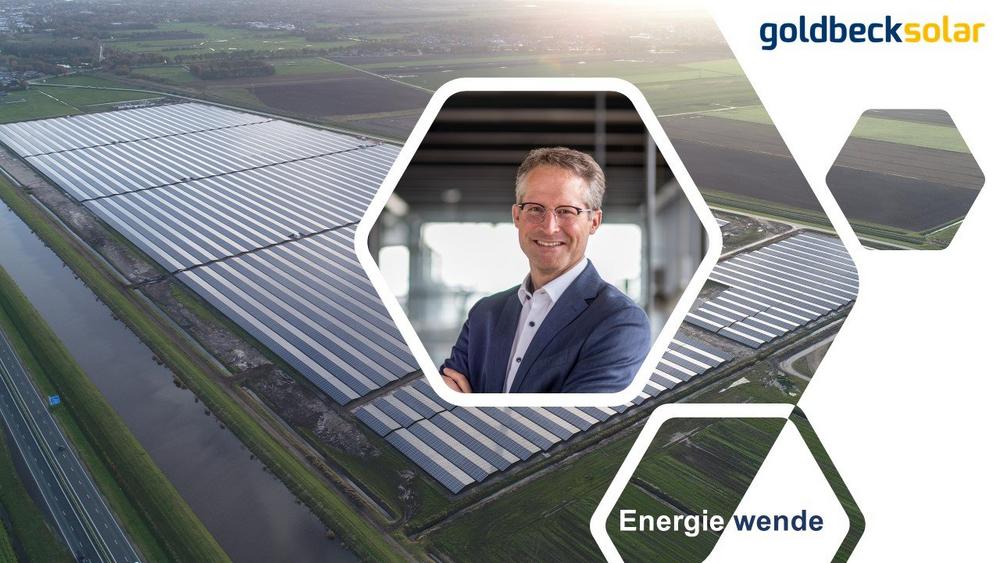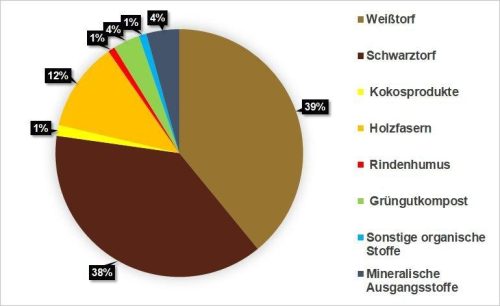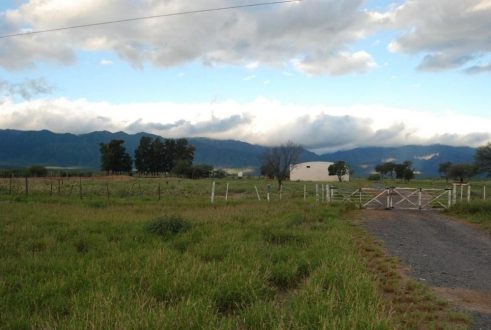
This is how we achieve the energy turnaround: „We need strong impetus from politics“
What is holding Germany back in the energy transition?
In my view, a sufficiently strong impetus must come from the CO2 price. A start would be for there to be a CO2 price for everything. At the moment, there is only a market price for the electricity sector and energy-intensive companies. In the industry, transport, and buildings sectors, the government works with a fixed price that increases over the next few years. At the same time, there are sector savings targets that are not being met with these fixed prices. This is where regulatory action is taken. This makes it confusing and leads to distortions. Why should there be different prices for CO2? Regardless of whether the CO2 comes from heating, cars, or electricity generation, there must be a price, and it must be set consistently in such a way that the savings targets are achieved. This would provide an impetus everywhere and for everyone to reduce CO2 emissions.
This would make electricity and heating more expensive – is that politically feasible?
The state would also have revenue via the CO2 levies, and there is therefore the possibility of using this revenue in a targeted manner. In my view, pots should be created: for social compensation, transformation processes in the economy, and sustainable infrastructure investments. The pot for social equalization could, for example, transfer an equal amount to each person registered in Germany. If a smaller home with several people has a small additional cost for CO2 taxes and at the same time income from the levy, this household is even better off. A large house with high energy consumption and few residents will spend more in total than it takes in. In both cases, however, there is an incentive to save energy and reduce CO2 emissions.
Higher CO2 taxes are of course difficult for companies that consume a lot of energy and want to compete in the global market. How do we get them on board?
About the level-playing-field idea. We need to look at: Where are these companies competing and against whom? They have two groups of competitors. First, there are the traditional competitors. There are home games and away games. In the case of home games in Germany or Europe, the companies are not only competing with other Europeans but also with competitors from countries with no or only low CO2 emissions, for example, the Indian steel producer.
I like to compare free CO2 emissions with unwanted doping. To create fair conditions here, the Indian steel producer must pay a CO2 doping levy for doping in the production of its products that it wants to import into Europe. This process is called CBAM (Carbon Border Adjustment Mechanism) and is being prepared in the EU. Of course, it is also important to ensure that non-European suppliers do not use resource shuffling to pretend that their production is clean. The company as a whole must act cleanly.
Doping for away games – in other words, free CO2 emissions – is of course not desired there either. The CO2-free goods that are sold from Europe to the rest of the world should nevertheless remain competitive there too. So when it comes to exports, there would have to be a refund or something similar to create a level playing field. Europe must speak with one voice here and adapt international trade rules to the new reality of climate overheating and the fight against it.
And which is the second competitor?
Substitution products. If a material with high CO2 emissions and therefore high costs can be replaced in the future by another material with lower costs, this is entirely desirable. The CO2 price gives impetus, environmentally friendly materials become more economical. It must be more attractive to rely on solar energy than on coal, for example. It must be worthwhile to design one’s products in such a way that they produce little CO2 during manufacture. Ignoring the economic follow-up costs is simply no longer an option.
What three issues should the new federal government address first?
Concerning the solar industry, the first is the EEG levy. The EEG levy on own consumption must be abolished. This applies not only to your roof but everywhere. If I generate clean solar energy on my property, this responsible action must not be penalized. If I feed the electricity into the grid, I have to pay for the use of the grid, that’s right. Because I am using the grid. But the electricity I consume myself must be exempt from the EEG levy. Incidentally, the exemption should apply not only to electricity generated by the company itself but generally to electricity generated close to consumption, e.g. when Kurt Meier PV GmbH supplies electricity to Kurt Meier Schreinerei GmbH in the building below.
The second important point is that the federal government’s expansion targets must be raised significantly – at least to 20 GW/a. At the same time, the feed-in tariff degression must be adjusted. What do I mean by that? The current regulation is as follows: There is an expansion target that until recently was 2.5 GW. The more this target is exceeded, the more the tariff decreases.
Now, this limit has already been raised and around 5 GW/a are being added, with the result that the remuneration rate is currently already decreasing very sharply. The target value and thus the reference value for degression must therefore be adjusted to 20 GW. To reach the correct basic speed, we must now adjust the remuneration once in a noticeable step and then let the breathing cap work according to the established processes.
The third important task is to open up the land-use landscape and speed up the approval processes. If we are to create the transformation we need, we must put the larger goal ahead of smaller sensitivities. For example, to get the much-needed expansion done in the little time we have, we could flip these processes. Right now, the federal government says: the states can specifically release land. That’s an opt-in variety. Some may be familiar with that from the privacy discussions on websites. Now, to release an area, the communities have to be heard. There are long processes involved.
A better option would be an opt-out variant in which many categories of land are approved per se for solar development throughout Germany and the states are then given the freedom to actively restrict this range of land. In this case, the states themselves would have to argue why certain parts of their land area should not be usable, which would rarely be done.
What role does globalization play in this?
By allowing globalization to go unchecked – and I am by no means against globalization – over 90 percent of the world’s production of solar cells and modules has shifted to China. This makes the industry very vulnerable to disruption, and right now we are noticing this is reduced and delayed deliveries and painful price increases. In this strategic area of what will be the world’s most important power generation technology, policymakers would be well advised to find ways to bring production back to Europe.
We must find a way not to be defenseless against the conditions and arbitrariness in China. The European value chain must be revitalized and the existing competencies strengthened. I am not talking now about continuous support scenarios. I am talking about an intelligent industrial policy so that our industry can operate sustainably on the global market.
Can we become climate neutral in Germany?
Absolutely. The current electricity demand for the whole of Germany in kilowatt-hours could be covered if we provided around 1.5 percent of the land area with photovoltaics. This can happen on roofs, with regular ground-mounted systems, with intelligent agri-PV, and so on. If we take a broader view and also want to replace primary energy – in the steel industry, in the chemical industry, and so on – we would need about 5 percent of our land area for the 2,000 TW/h or so. That would be a solar-only approach and would still need transmission lines and storage. But it is not ONLY solar that is used. So Germany can be completely self-sufficient in kilowatt-hours. With all industrial processes.
Even though I’m a fan of electricity, it often makes a lot of sense to use solar thermal for low-temperature residential, commercial, and district heating applications. Of course, we can also make the conscious decision to import synthetic fuels and hydrogen. Why not.
Do we have the memory for it?
No, not yet. I think it makes sense for us to greatly expand the connections to our neighbouring countries. This way, electricity can be traded flexibly. And we must continue to work on building up storage facilities in a wide variety of forms. We have obvious storage – batteries, electromobility – we have the pumped storage plants, but they don’t have infinite capacity. Hydrogen storage will have to play a major role. Then there are the small storage facilities in the private sector and in industry, which of course cannot be ignored either. There are solar thermal storage units for the home and cold storage units that can be run even colder when energy is cheap so that they can switch off the refrigeration units when energy is expensive. Storage should be thought of much more broadly, however. For example, manufacturers who have energy-intensive products that are not produced continuously can choose the timing of production more wisely in light of weather or electricity price forecasts.
There are many possibilities that we have to bring together as a whole picture. We have to develop a view for this and learn how to integrate these paths in a meaningful way.
Interview: Mariana Friedrich
GOLDBECK SOLAR GmbH
Goldbeckstr. 7
69493 Hirschberg an der Bergstraße
Telefon: +49 (6201) 7103 300
Telefax: +49 (6201) 7103 499
http://goldbecksolar.com
Marketing Coordinator
Telefon: +49 (6201) 7103570
E-Mail: lena.schaefer@goldbecksolar.com
Marketing
Telefon: +49 (6201) 7103-337
E-Mail: yesica.pantiga@goldbecksolar.com
![]()




